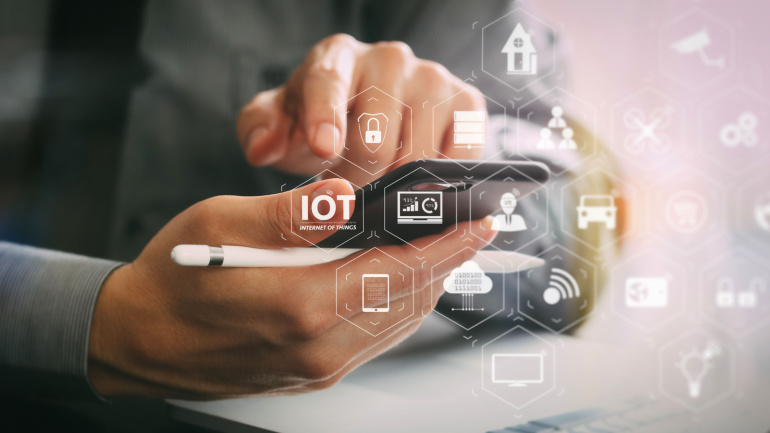A surge in data roaming is poised to take center stage, driven by the escalating adoption of 5G services among consumers, according to research conducted by Kaleido. The study foresees a substantial 36% annual increase in both consumer and IoT roaming data usage, projecting a remarkable climb to nearly 5,000 Petabytes by the year 2024.
A recent study conducted by Juniper Research, a renowned telecommunications authority, has revealed that the escalating costs of SMS authentication services and the emergence of fraudulent activities are poised to curtail the demand for SMS-based authentication among enterprises. As a result, telecommunications operators are projected to witness a mere 4% increase in traffic in 2024, in stark contrast to the average annual growth rate of 10% observed over the past five years.
Telecom operators tapping into satellite partnerships could see a tremendous financial boost, as Juniper Research predicts a revenue uplift of US$17 billion from 2024 to 2030. With reliable geostationary orbit satellites from operators like SES and Intelsat, these partnerships promise dependable connectivity and advanced billing infrastructure to a broad customer base. Significant advancements are expected within the satellite-based 5G network landscape, transforming coverage, throughput, and resilience.
Exploring efficient energy solutions, BT is turning to liquid cooling techniques to lower network switch power usage. Collaborations with Iceotope and Juniper hint at precision cooling for servers—a potentially industry-first initiative. Meanwhile, strategies with Immersion4, Nexalus, and Airsys run the gamut from full immersion to cooling-unit encased cold plates. Crucially, every energy-reduction experiment aids BT’s ambitious journey toward net-zero emissions by 2031.
Deutsche Telekom, in collaboration with AirHop, Juniper Networks, VIAVI Solutions, and VMware, has been testing the waters to leverage telecom technology bound by Open RAN specifications. Treading an intriguing path of innovation, they trialed Non-RT RIC technology by performing a RAN closed-loop optimization proof, embraced by ONAP and Open RAN standards. The journey unfolded two pivotal use case scenarios revolving around PCI optimization and energy-saving dynamics powered by AI and machine learning.
EdgeCore Digital Infrastructure has partnered with Zayo to enhance connectivity at its Santa Clara data center. Meanwhile, a US-led operation dismantled the Qakbot malware network, preventing further infections and seizing $8.6 million in cryptocurrency. Global roaming fraud is projected to cost $8 billion by 2028. KDDI and SpaceX plan to launch satellite-to-cellular services in Japan by 2024, bridging connectivity gaps in remote areas beyond 5G and 4G coverage.
Global cloud communications platform Infobip has unveiled its groundbreaking product, Experiences, a generative AI-powered journey builder that empowers businesses to engage customers, foster loyalty, and accelerate growth. This innovative no-code platform offers organizations a comprehensive library of AI-powered journey templates tailored to their unique business needs, spanning from onboarding and engagement to retention and loyalty.
Vodafone is poised to offer enhanced streaming experiences to its European and African customers thanks to an edge-based content delivery network (CDN) solution. Developed in collaboration with partners Cisco and Qwilt, this technology simplifies CDN management and allows cached video content and applications to be more accessible to the end-user. The benefits? Responsiveness, agility, and improved access for content owners. The solution thrives on the Streaming Video Technology Alliance’s Open Caching Standard, merging multiple content caches to improve user experience.
The future of telecommunications is rapidly changing thanks to the surge of Internet of Things (IoT) connections, with an anticipated 142 million 5G IoT roaming connections by 2027. This evolution promises increased speeds, reduced latency, and advanced services, setting the stage for a demand surge in standalone-specific 5G roaming agreements. However, despite these advancements, most connected devices will continue utilizing LTE-M and NB-IoT networks due to their compatibility with mixed traffic. A major hub for 5G IoT roaming is Western Europe, anticipated to host 21% of all such connections by 2027.
Global mobile roaming data revenue is predicted to reach $10 billion in 2024, driven by 5G demand among travelers. Telecom operators face challenges in balancing costs with customer protection, as eSIM adoption and travel mobility services expand, intensifying competition.













